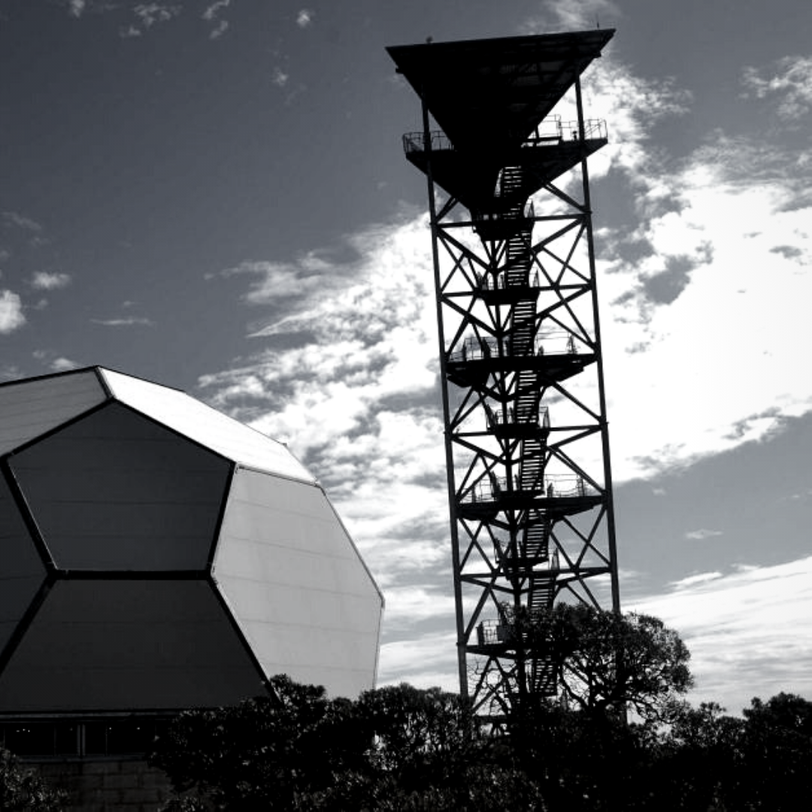New paper out: Free fall in curved spacetime
The first direct observation of gravitational waves in 2015 has led to an increased public interest in topics of general relativity (GR) and astronomy. Physics teachers and educators respond to this interest by introducing modern ideas of gravity and spacetime to high school students.
Doing so, they face the challenge of finding suitable models that visualise gravity as the geometry of curved spacetime. Most models of GR, such as the popular rubber sheet model, only address spatial curvature. Yet, according to Albert Einstein, gravitational phenomena stem from deformations both in space and time.
This paper in Physics Education presents a new model that builds on a relativistic generalisation of Newton's first law. We use Einstein's free fall thought experiment and a classical height-time diagram to explain how warped time gives rise to gravity. Our warped-time model acts as a convenient supplement to the rubber sheet model.
To support teachers in integrating the model into their classroom practice, we have implemented the model as an interactive simulation that is freely accessible. The model is the result of a three-year period of developing and trialling digital learning resources in Norwegian high schools. Based on these trials, we suggest specific instructional strategies on how to use the warped-time model successfully in science classrooms.
